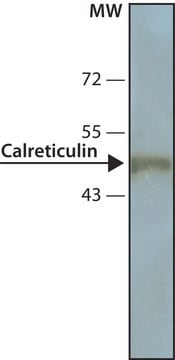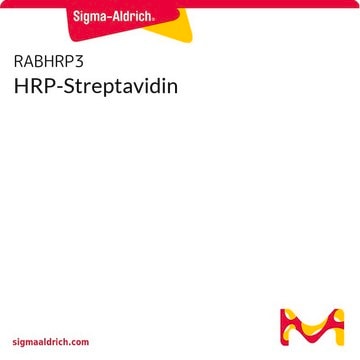18419
pIMAGO™-biotin Phosphoprotein Detection Kit
for western blot, HRP-based detection (ECL)
Sign Into View Organizational & Contract Pricing
All Photos(1)
About This Item
UNSPSC Code:
12352108
NACRES:
NA.32
Recommended Products
Quality Level
storage temp.
2-8°C
General description
pIMAGO™ is a universal phosphoprotein detection technology that enables sensitive and specific recognition of phosphorylated molecules. Unlike phospho-antibodies, the binding is not biased by amino acid sequence, and therefore can be used for detection of any phosphorylation event on any protein site. pIMAGO™ detection protocol resembles a simple Western Blot procedure and can be easily incorporated by any laboratory.
Legal Information
pIMAGO is a trademark of Tymora Analytical Operations, LLC
Signal Word
Danger
Hazard Statements
Precautionary Statements
Hazard Classifications
Eye Dam. 1 - Resp. Sens. 1 - Skin Corr. 1B - Skin Sens. 1
Storage Class Code
8A - Combustible corrosive hazardous materials
Certificates of Analysis (COA)
Search for Certificates of Analysis (COA) by entering the products Lot/Batch Number. Lot and Batch Numbers can be found on a product’s label following the words ‘Lot’ or ‘Batch’.
Already Own This Product?
Find documentation for the products that you have recently purchased in the Document Library.
Anton Iliuk et al.
Molecular & cellular proteomics : MCP, 11(9), 629-639 (2012-05-18)
With new discoveries of important roles of phosphorylation on a daily basis, phospho-specific antibodies, as the primary tool for on-membrane detection of phosphoproteins, face enormous challenges. To address an urgent need for convenient and reliable analysis of phosphorylation events, we
Shubhi Pandey et al.
Molecular cell, 81(22), 4605-4621 (2021-09-29)
G-protein-coupled receptors (GPCRs), also known as seven transmembrane receptors (7TMRs), typically interact with two distinct signal-transducers, i.e., G proteins and β-arrestins (βarrs). Interestingly, there are some non-canonical 7TMRs that lack G protein coupling but interact with βarrs, although an understanding
Our team of scientists has experience in all areas of research including Life Science, Material Science, Chemical Synthesis, Chromatography, Analytical and many others.
Contact Technical Service








